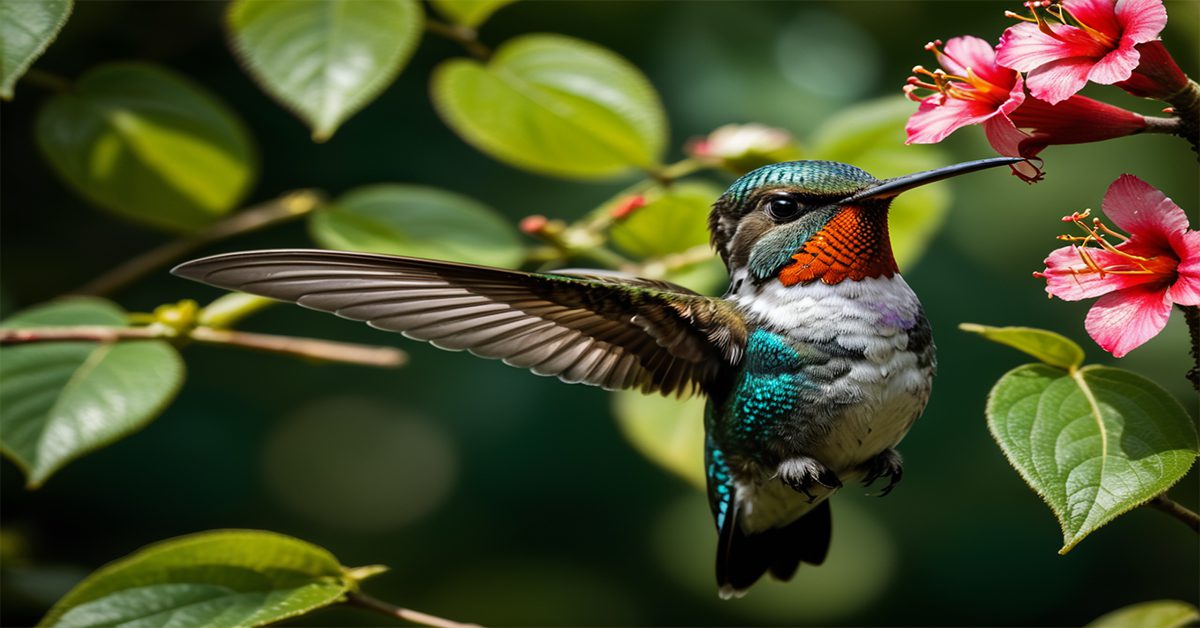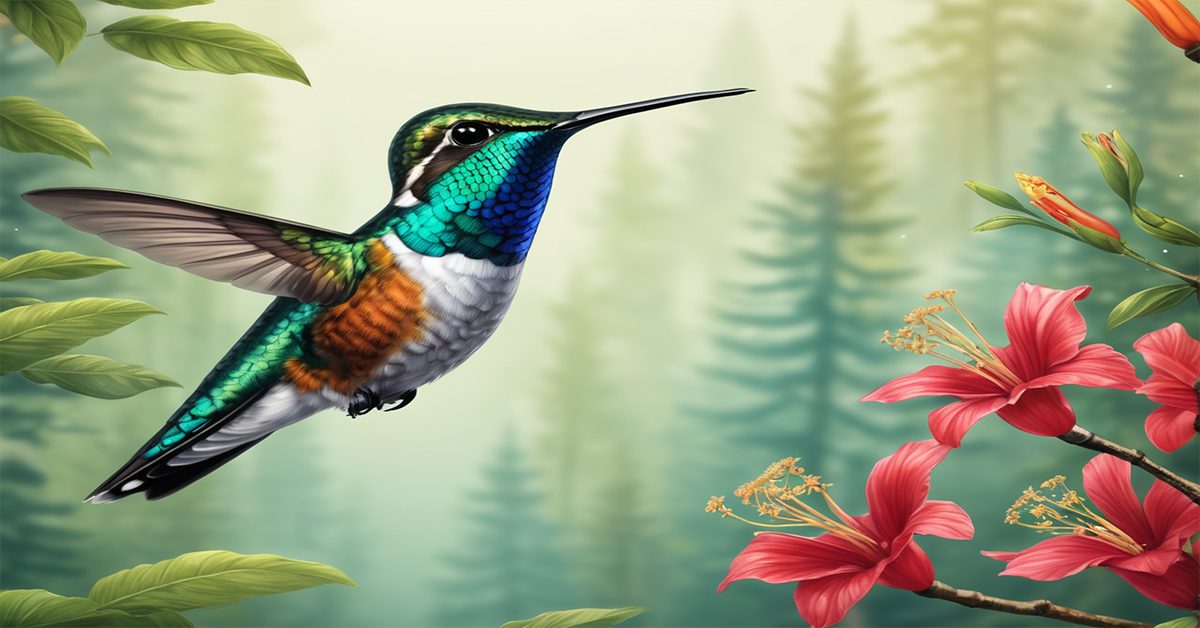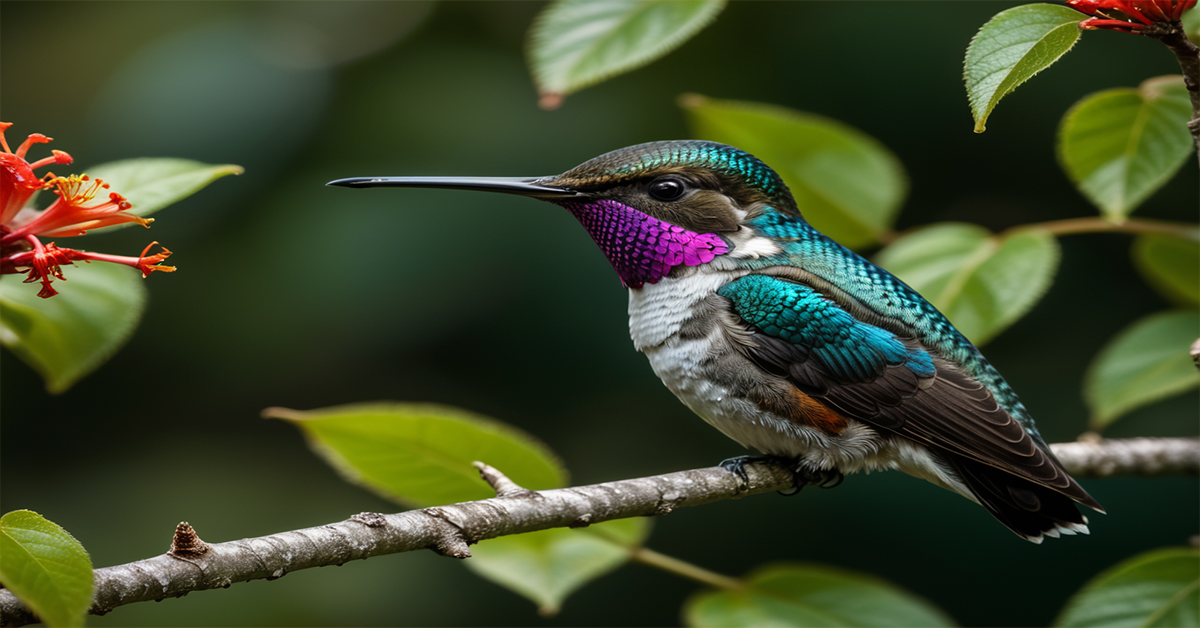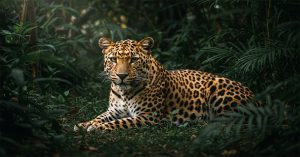Bee Hummingbird: The Smallest Bird in the World?
Imagine a bird so tiny it could sit comfortably on the tip of your finger—welcome to the world of the Bee Hummingbird. Renowned as the smallest bird in the world, this avian marvel is a natural wonder. Native to Cuba, the Bee Hummingbird isn’t just about size; it’s a vibrant mix of colour, energy, and ecological significance.
From its remarkable physical traits to its important role in pollination, this bird has much to teach us about the delicate balance of nature. Let’s dive into the enchanting world of the Bee Hummingbird.
Characteristics of the Bee Hummingbird
Physical Description
The Bee Hummingbird holds the Guinness World Record for the smallest bird, measuring just about 5-6 centimetres (2 inches) long. It weighs a mere 1.5-2 grams, roughly the weight of a paperclip. Despite its diminutive size, the bird flaunts dazzling plumage.
Males boast iridescent, fiery red and blue feathers on their heads and throats, giving them a jewel-like appearance. Females are more subdued, with bluish-green backs and white underbellies. During the breeding season, males’ colours intensify, turning them into living works of art to attract mates.
Habitat and Distribution
Endemic to Cuba and its nearby islets, Bee Hummingbirds thrive in diverse environments. These include coastal forests, gardens, and open fields filled with flowering plants. They prefer habitats abundant in nectar-producing plants, making them vital to pollination.
Behavior and Unique Features
Feeding Habits

Bee Hummingbirds feed primarily on nectar, sipping from over 1,500 flowers each day. They use their needle-like bills to access deep flower corollas, and their forked tongues help lap up the sweet liquid. Additionally, they consume small insects and spiders, providing essential protein.
Their role as pollinators is critical; as they flit from flower to flower, they transfer pollen, aiding in plant reproduction. Without these little dynamos, many flowering plants would struggle to propagate.
Flight and Movement

Renowned for their aerobatic prowess, Bee Hummingbirds can beat their wings 80-200 times per second, depending on their activity. This rapid movement allows them to hover in mid-air like tiny helicopters. They can also fly backwards, a feat unique among birds. Their speed and agility are essential for dodging predators and competing for nectar sources.
Reproduction and Life Cycle
The Bee Hummingbird’s courtship displays are nothing short of mesmerizing. Males perform aerial dives and sing high-pitched songs to woo females. After mating, females take on the sole responsibility of nest-building and rearing the young.
They construct nests smaller than a golf ball, using plant fibres, spider silk, and lichens. Females lay two pea-sized eggs and incubate them for about two weeks. Chicks are born blind and featherless, but they grow rapidly, leaving the nest in just 18-20 days.
Unique Adaptations
Despite their size, Bee Hummingbirds have one of the highest metabolic rates in the animal kingdom. Their tiny hearts beat up to 1,200 times per minute, and they consume half their body weight in food daily. At night, they enter a state called torpor, reducing their metabolism to conserve energy.
Top 5 Places to View Bee Hummingbirds
1. Zapata Swamp, Cuba
This UNESCO Biosphere Reserve is a haven for wildlife, including the Bee Hummingbird. Guided tours offer ample opportunities to spot these tiny birds in their natural habitat.
2. Baracoa, Cuba
Known for its lush rainforests and flowering plants, Baracoa provides an ideal setting for hummingbird enthusiasts.
3. Cayo Coco, Cuba
With its mangroves and tropical flowers, Cayo Coco is a hotspot for birdwatching, offering sightings of Bee Hummingbirds alongside other avian species.
4. Sierra del Rosario Biosphere Reserve
This mountainous region is rich in biodiversity and home to many endemic species, including the Bee Hummingbird.
5. Las Terrazas, Cuba
A sustainable tourism destination, Las Terrazas combines eco-friendly initiatives with excellent opportunities to observe the Bee Hummingbird in action.
________________________________________
Final words
The Bee Hummingbird is more than just the smallest bird in the world—it’s a symbol of nature’s artistry and resilience. Its vivid colors, unparalleled agility, and ecological importance make it a marvel worth celebrating. As we admire this tiny creature, we’re reminded of the interconnectedness of all life and the need to preserve our planet’s biodiversity. If you ever get the chance, visit Cuba and witness the Bee Hummingbird in its natural habitat. You won’t be disappointed.
________________________________________
FAQs
1. Why is the Bee Hummingbird called so?
The Bee Hummingbird is named for its tiny size, which resembles that of a bee, and its swift, buzzing flight.
2. How small is the Bee Hummingbird compared to other birds?
It is the smallest bird in the world, measuring only about 5-6 cm (2 inches) and weighing less than 2 grams.
3. What does the Bee Hummingbird eat?
It feeds on nectar from flowers and supplements its diet with small insects and spiders for protein.
4. Where can I see a Bee Hummingbird in the wild?
The best places to see them are in Cuba, especially in areas like Zapata Swamp, Baracoa, and Cayo Coco.
5. How can we contribute to the conservation of the Bee Hummingbird?
Support eco-tourism, avoid using pesticides, and contribute to organizations dedicated to preserving Cuban ecosystems.




